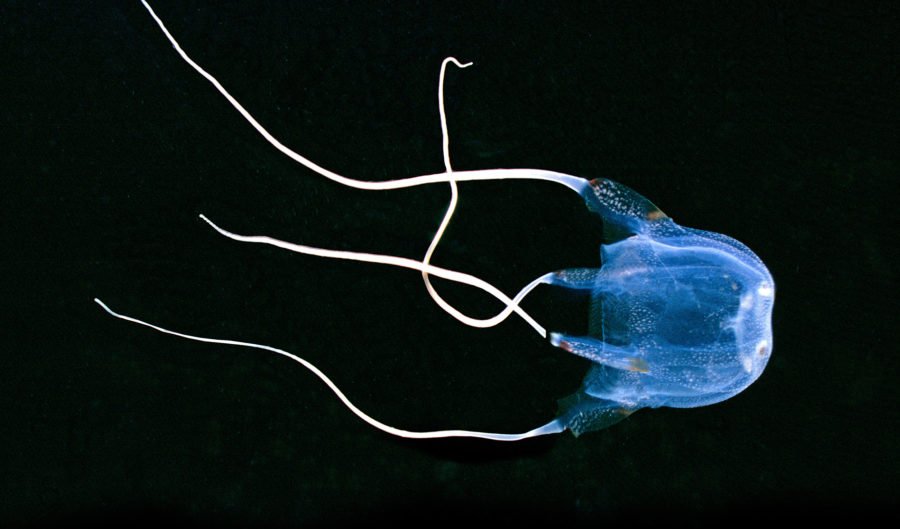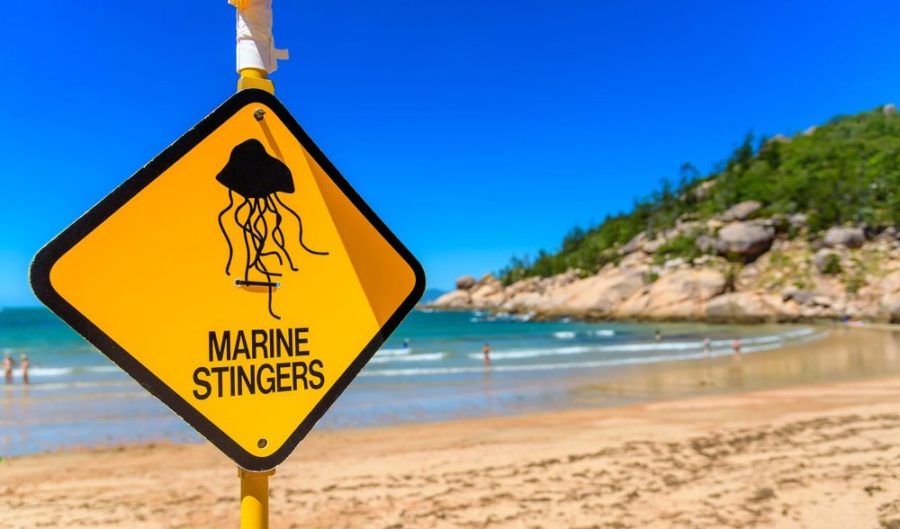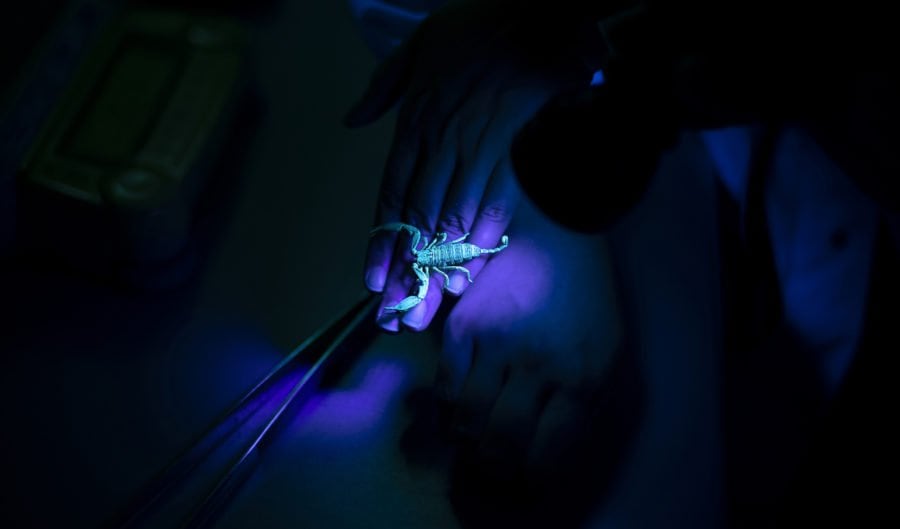We have an antidote for box jellyfish stings, but it comes down to the “blinding speed” of the venom

SADLY, A 17-year-old boy has died from a deadly box jellyfish sting after swimming at a beach near Bamaga off Cape York.
Some people may be confused as to how this could happen after an antidote was found for the box jellyfish sting in 2019.
We spoke to venom expert Bryan Fry to clear some things up. He says the key with box jellyfish is that the venom works with “blinding speed and causes irreversible damage.”
“Antivenom can only prevent further damage from occurring, it cannot fix that which has already occurred.
“The venom produces extreme local tissue effects, which can require surgery to repair and leave bad scarring, but which are not lethal even though insanely painful. Crucially, the venom also directly affects the cardiac system and this is the lethal aspect of the venom.”
One of the most venomous marine creatures known, the box jellyfish can kill a healthy adult in minutes. Since 1883 when records began, the jellyfish has been responsible for over 70 deaths.
The usual way to measure and compare venom potency is by using the LD50 scale. Historically the LD50 is the ‘lethal dose’ of venom – expressed in mg/kg – that would kill 50 per cent of the animals in a sample group (e.g. laboratory mice). The lower the LD50 score, the more toxic the venom.
The box jellyfish has an LD50 of 0.272. As well as heaemotoxins and neurotoxins, the venom contains dermatonecrotic substances, which cause skin-scarring. Venom is delivered by millions of tiny, harpoon-like stinging cells that line up to 60 tentacles.
According to Bryan, even if a person survives the cardiovascular collapse, the physical damage can lead to death later on, as has happened in this most recent case.
Critically, the treatment for this kind of sting needs to be swift. “Washing off the tentacles using vinegar is important as vinegar neutralises the unfired stinging cells. This way the tentacles are removed without further stinging occurring but this does not neutralise the venom already in the body.
“The only treatment for venom in the body is emergency transport to the hospital and administration of antivenom.”
In Issue 160 of Australian Geographic, we deep-dive into the world of venom research and the people behind the crusade to turn toxins to therapies.



